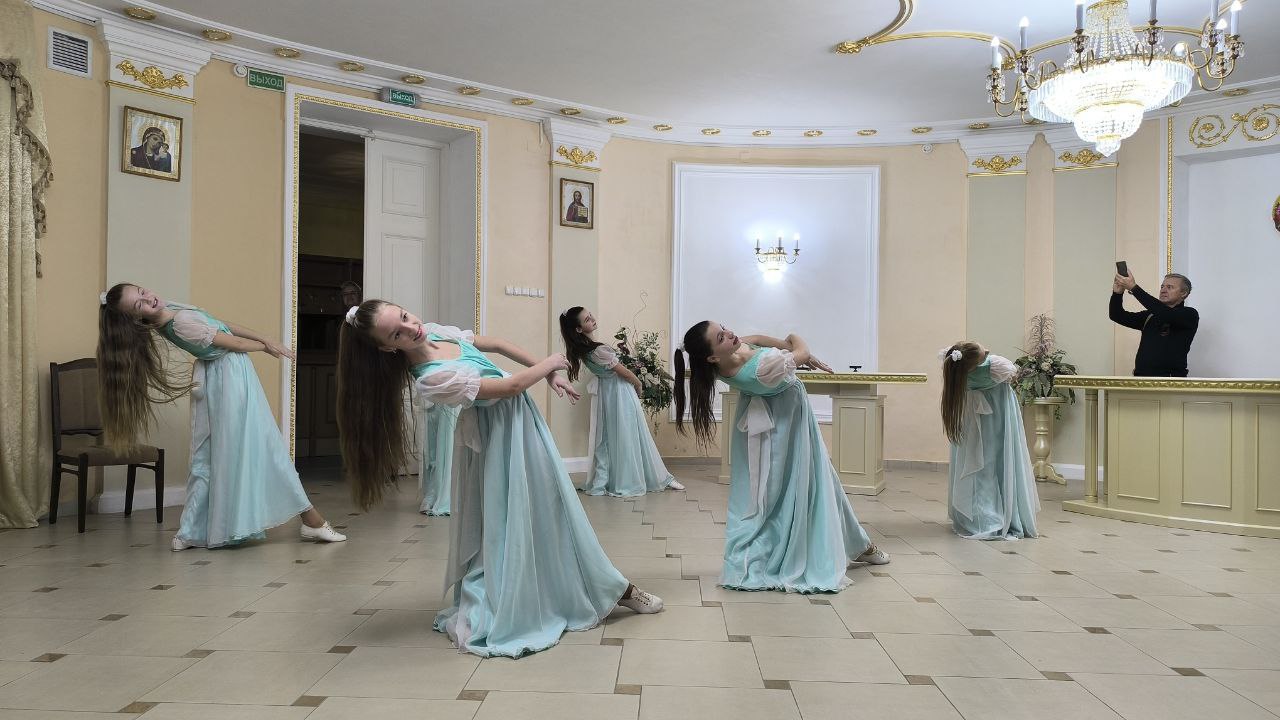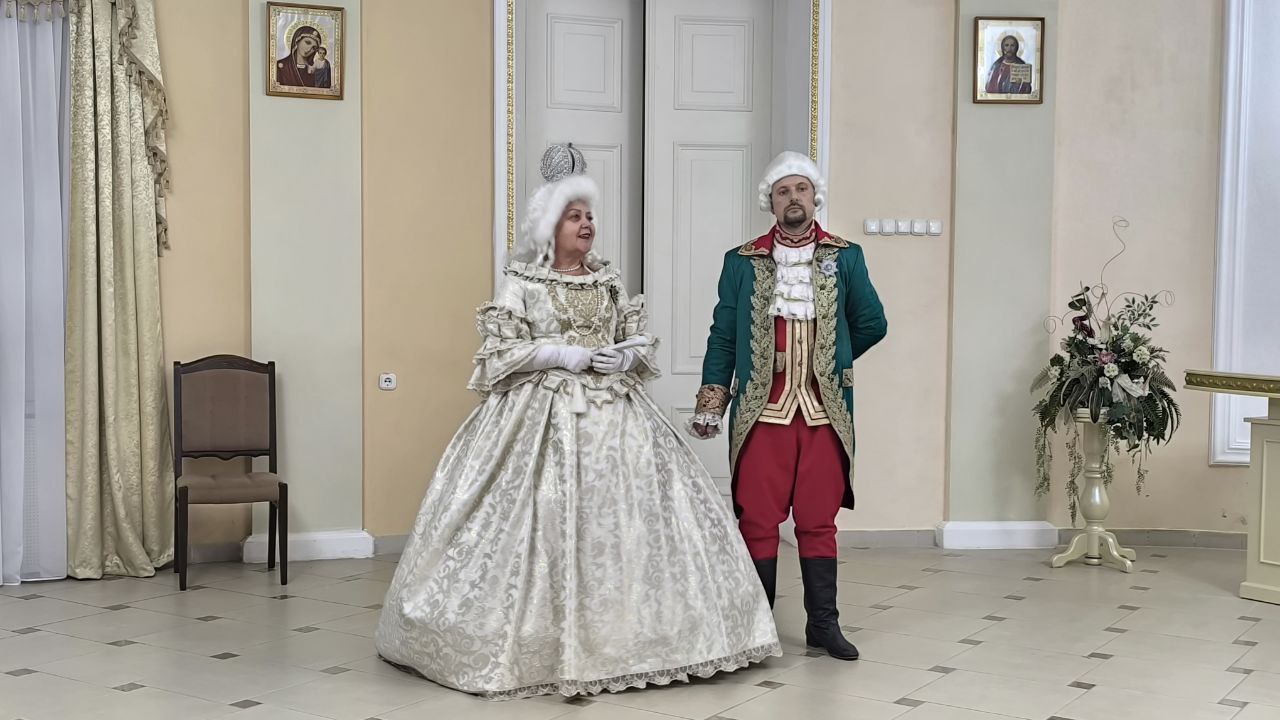The first point of visit was Pustynsky Holy Dormition Monastery. It is one of the oldest in our country. The history of the monastery begins in 1380. The founder is considered to be Mstislavl prince Lugveny (Simeon) - the son of the Grand Duke Olgerd. According to legend, the ruler founded the monastery at a spring, the water from which helped him heal from blindness. The spring has not dried up to this day.
There are several temples on the monastery grounds: the Intercession of the Mother of God, the Nativity of the Mother of God, and the Dormition of the Mother of God Cathedral. It is interesting that with the start of restoration work in the 2000s, the Holy Face of the Savior was discovered in the building where children from poor peasant families studied before the revolution. The fact of the Holy Face was confirmed by specialists who studied this phenomenon. They also found an underground passage here that a horseman could ride through. It is unknown where it leads, as it is almost completely filled in.
During the bus and walking tour of Mstislavl, the workshop participants got acquainted with one of the most ancient cities of Belarus. It was founded in 1135 by Smolensk prince Rostislav Mstislavich. This city is also called Belarusian Suzdal.
Mstislavl is unique in that it preserves a rich historical and cultural heritage:
Maiden Mountain: a settlement of ancient Baltic tribes, where an earthen defensive rampart from the 1st century BC has been preserved.
Castle Mountain: an open-air museum complex that includes a stylized wooden town from the 12th-14th centuries, an excavation museum with a fragment of ancient Mstislavl, observation towers and gates, and a museum with Christian icons of the residents of Mstislavl.
Church of the Assumption of the Virgin Mary: built by Carmelite monks in 1637. Later, it was completed by the famous architect Jan Glaubitz. Frescoes depicting Mstislavl battles during the Russian-Polish War of 1654–1667 have been preserved.
The Cathedral of St. Alexander Nevsky: one of the tallest buildings in Mstislavl. It was created in the Baroque style in 1870. The peculiarity of the temple is that the altar part is turned to the southwest. And the neutral color of the bell tower and the large dome was replaced with gilding.
The workshop participants were told what is remarkable about Mstislavl District Historical and Archaeological Museum. This is the only museum in Mogilev Region, a significant part of whose exhibits were obtained during archaeological excavations.
The permanent exhibition is presented in three halls, where the main stages of the historical and cultural development of the region are reflected. Of greatest interest is the "Archaeology" collection, among the numerous exhibits of which the following stand out: an encolpion cross and glass bracelets from the 12th-13th centuries, wedge-shaped polished stone axes from the Bronze Age, a glass seal with the coat of arms of Prince Tikhonovetsky from the 17th century, a Dutch gold ducat from 1652, and others.
The workshop participants visited the sculpture composition "Singing" - a monument to the victims of Nazism. Krichev district was occupied by German troops from 1941 to 1943. Here, not far from Prudok village, a terrible tragedy occurred: during the war, the Nazis shot more than 1,200 people - prisoners of Krichev death camp.
Among the victims were also artists from Moscow – singer Alexander Okayemov and choirmaster of Moscow Philharmonic Gennady Luzenin. They were shot on February 21, 1943. In memory of those killed, a sculpture composition “Singing” was erected at the site of the shooting in 1982. Its authors are sculptor Eduard Astafyev and architect Yuri Kazakov.
Another interesting facility visited by the workshop participants was the Historical Museum in Krichev. It is located in Potemkin Palace, an architectural monument of the 18th century. The museum recreates various events from the life of the region in past historical eras. Historical reconstructions are presented by the interior halls of the Palace History, the Estate Manager's Room, the Pantry, the Sofa Room, the Boudoir, and the Knight's Hall.
Among the most valuable museum items are chain mail from the 18th century, the book by Simeon Polotsky “Soulful Dinner” (published in 1681), the seal of the police officer of the 1st camp of Cherikov district, the seal of the head of the warehouse of the distillery of landlord Galynsky, and hoards of coins from the 16th – 18th centuries.
Since its creation, the museum has become a kind of cultural center of the city and the district. Various events dedicated to bright events and significant dates are held within its walls: "Potemkin Fun", "Potemkin Ball", "Night of Museums", "Musical Salon".
The workshop participants were also given a sightseeing tour of Krichev with a visit to the Church of the Resurrection of Christ, the Church of St. Nicholas and the Castle Mountain settlement.
"Current issues of tourism development in Mstislavl and Krichev districts of Mogilev region" were discussed at a round table that brought together the workshop participants and the host party.
Victoria Grintsaleva, the chief specialist of the sports and tourism sector of Krichev District Executive Committee, touched upon current issues of tourism development in her speech. Today, sports, industrial and historical-cultural tourism are actively developing in the district. And serious attention is paid to improving the level of service and developing infrastructure.
The tourism industry is a multi-vector work. It is important to use the existing potential not only to attract tourists: historical and cultural heritage must be involved in work with young people in order to introduce them to the history of their native land, emphasized in her speech the head of the department for the main activities of Krichev district center for additional education of children and youth "Krechut" Victoria Plutkova. Here they are sure: patriotism is brought up through action. Therefore, excursions to places of military glory are held for students, schoolchildren are introduced to natural and cultural monuments, tent cities are arranged for children.
Vladimir Mishchenko, director of Krichev Historical Museum, spoke about the tourist pearl of the southeastern region of Mogilev Region. In his speech, he drew attention to the fact that animation and theatrical programs have recently become increasingly popular. And the museum actively offers tourists various options: it arranges music and literary salons, ballroom dancing master classes, and also holds Potemkin tea parties.
The round table went by in one breath. Lively conversation sometimes grew into a debate, which once again confirmed: the tourism industry employs proactive, interested and caring specialists.

.jpg)
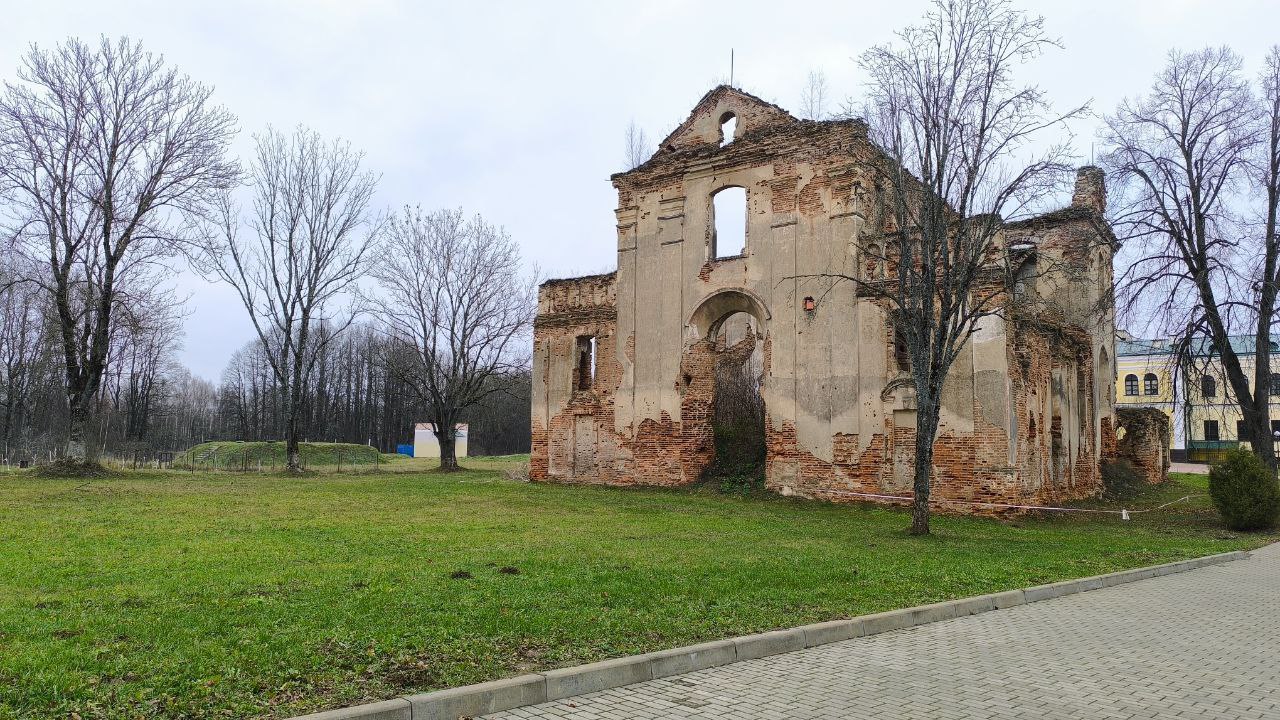
.jpg)
.jpg)
.jpg)
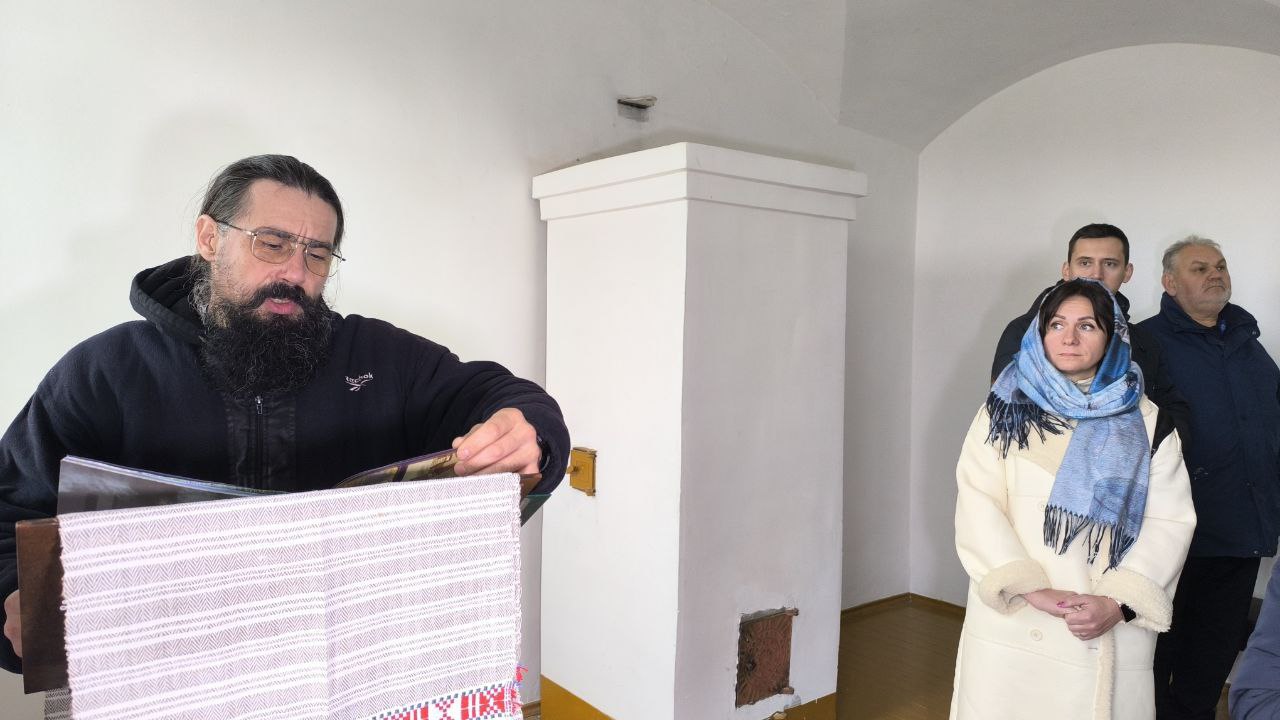
.jpg)
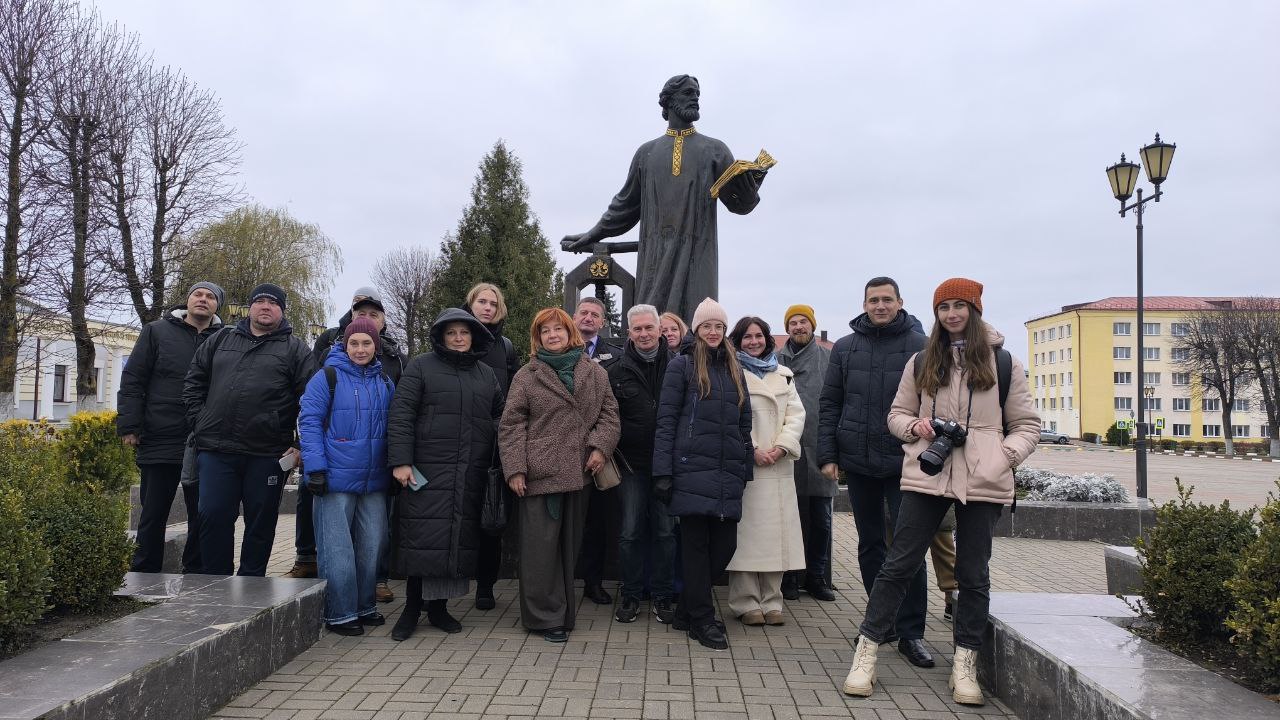
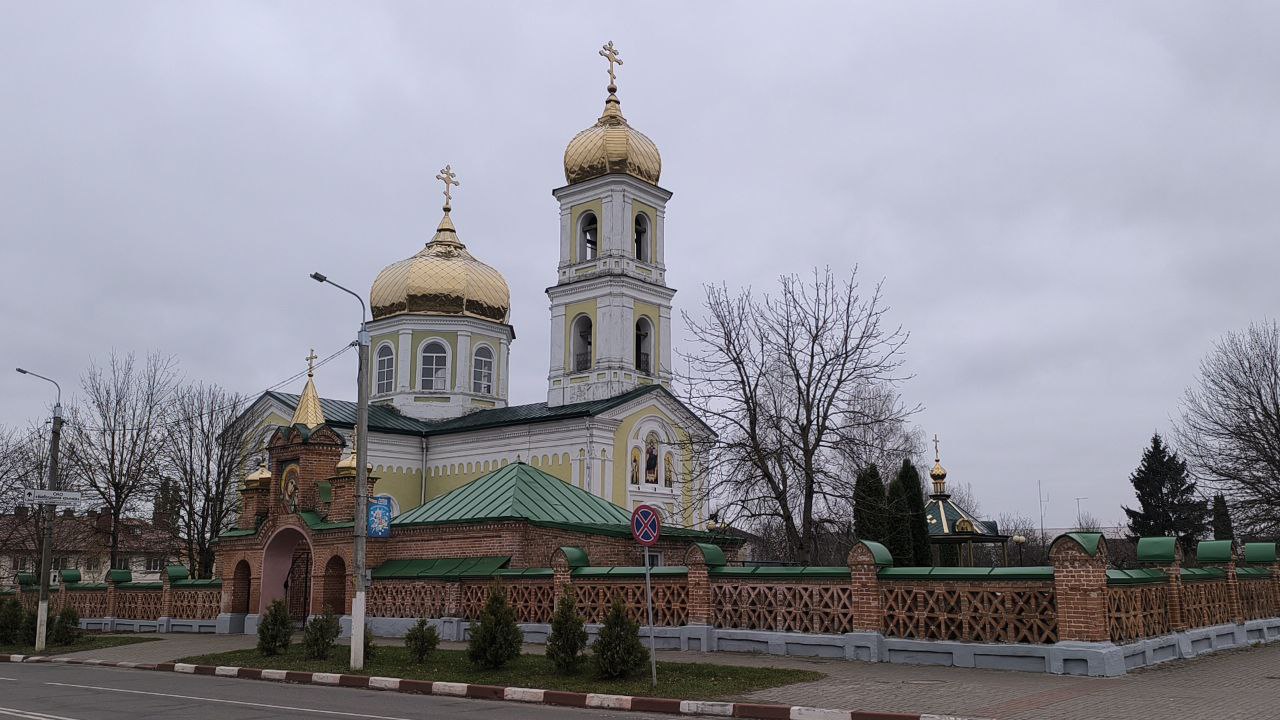
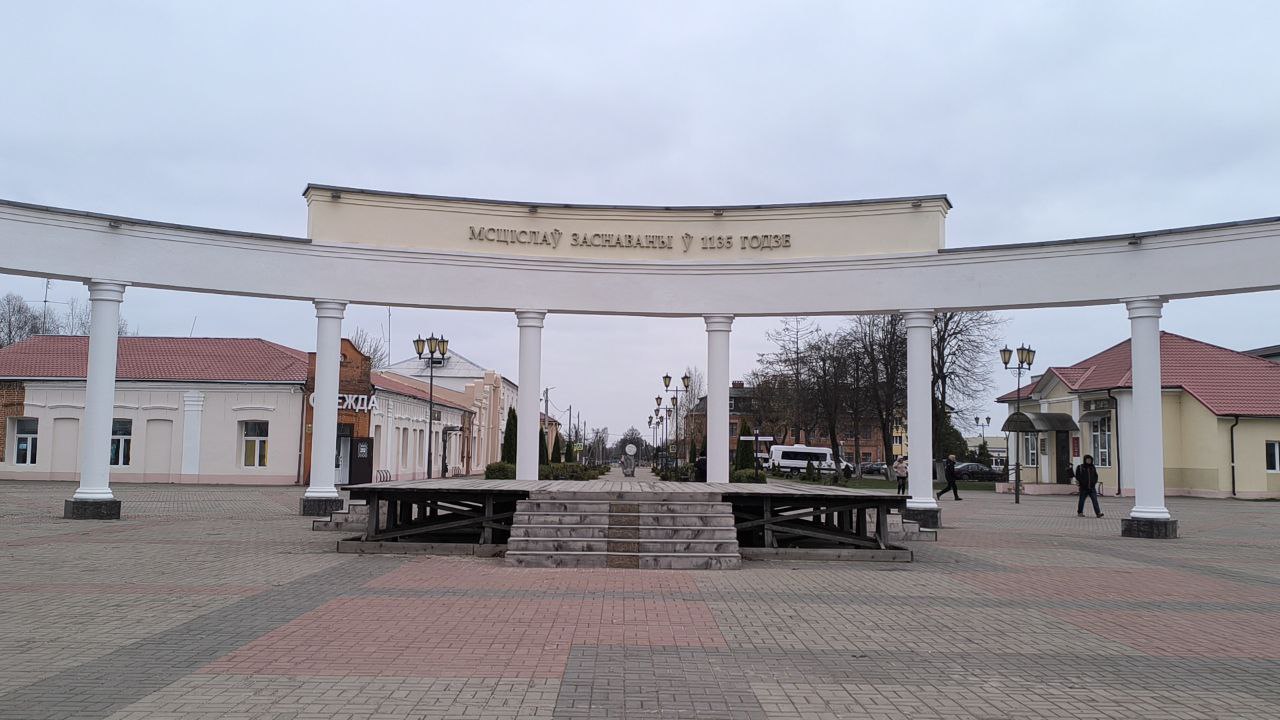
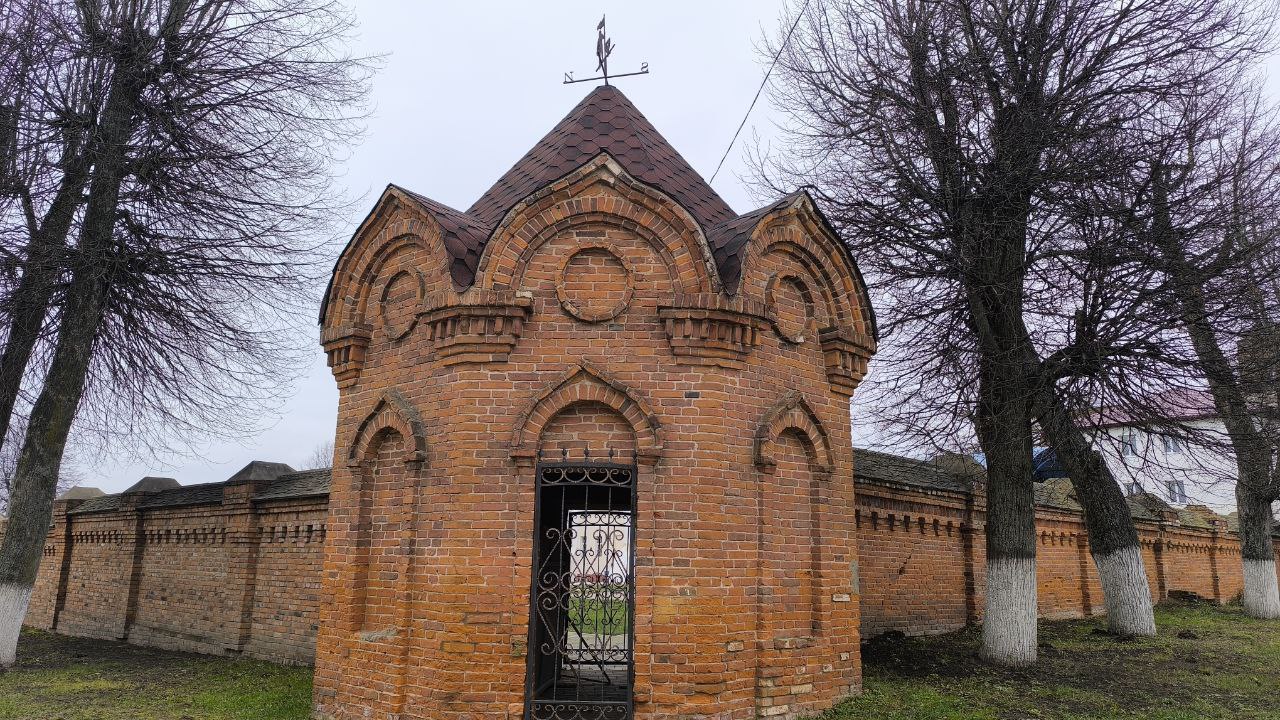
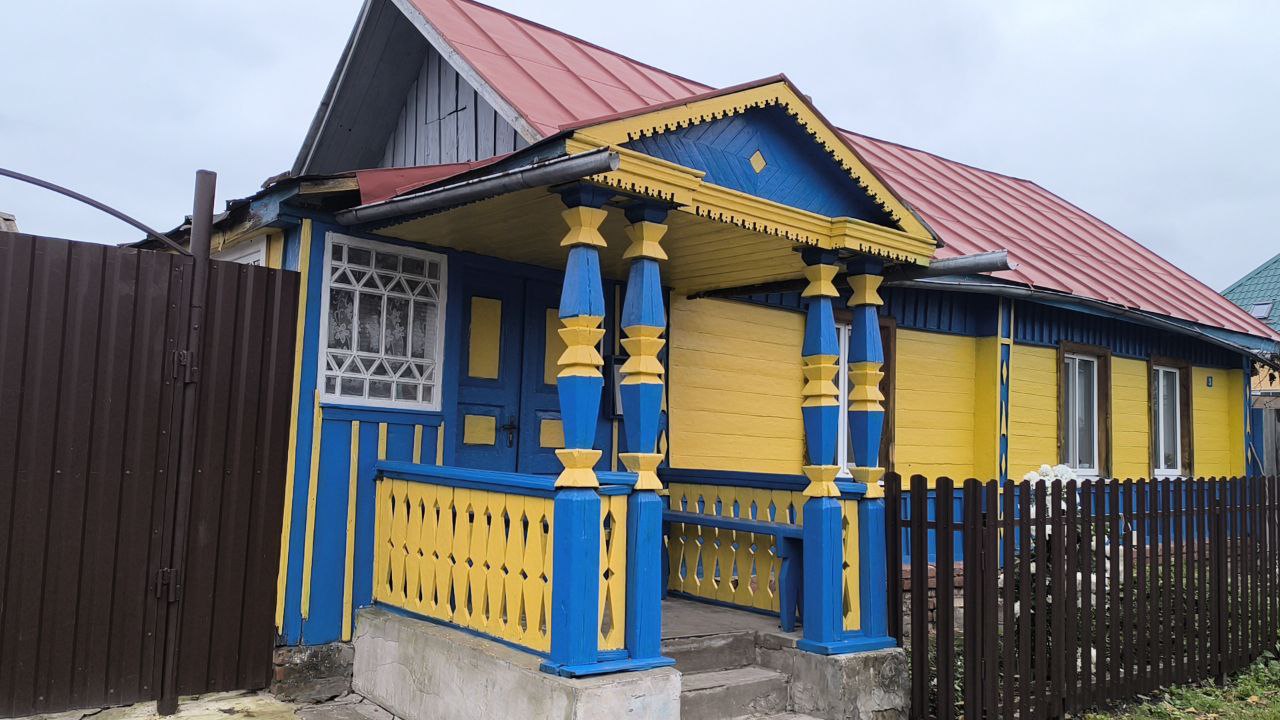
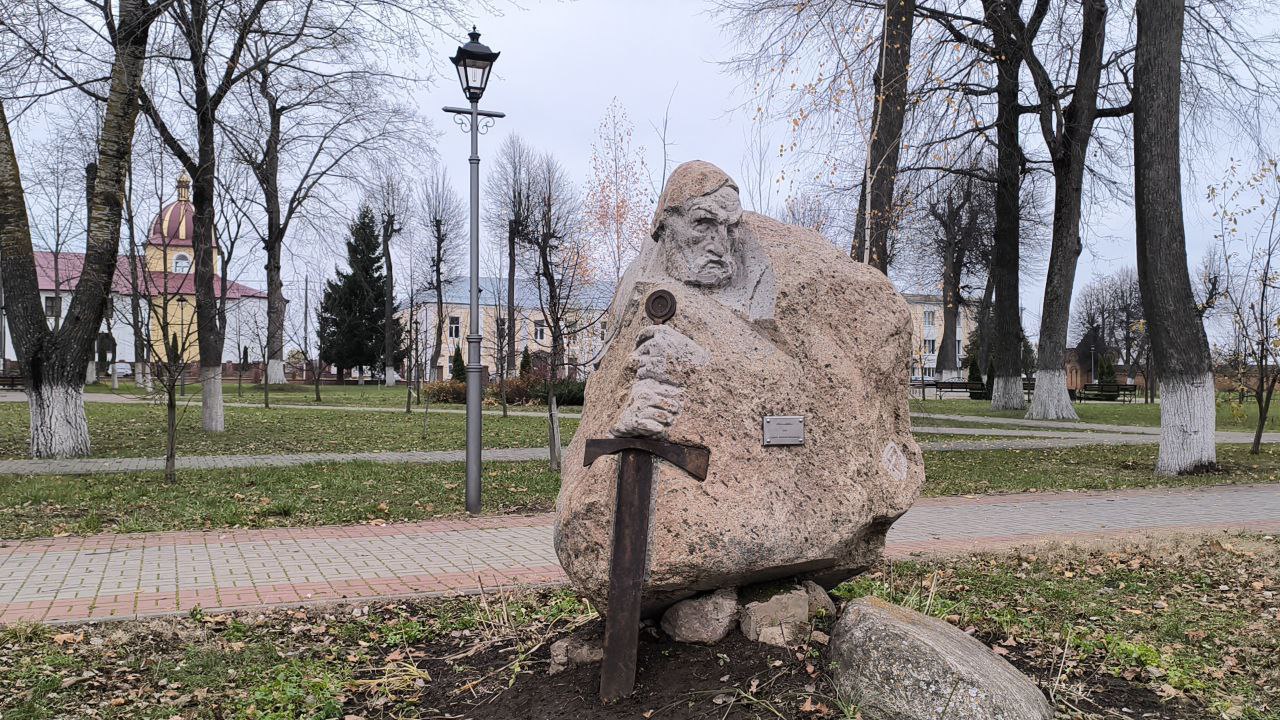
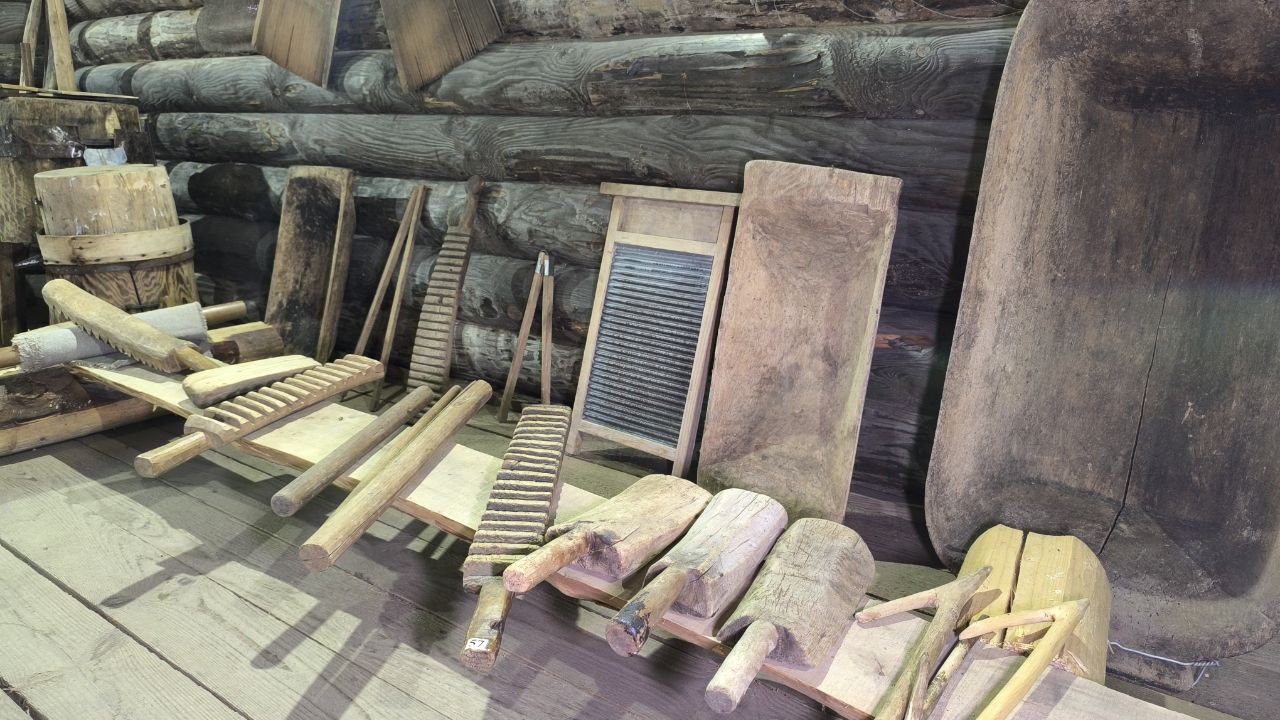
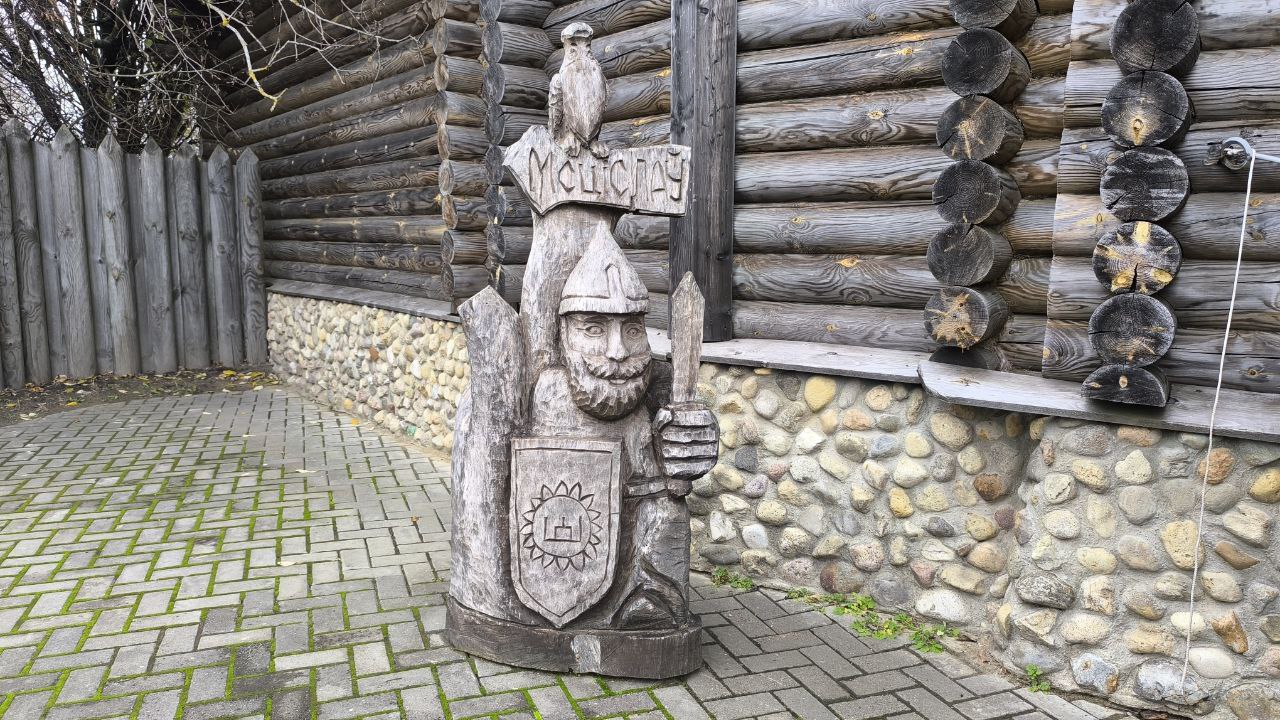
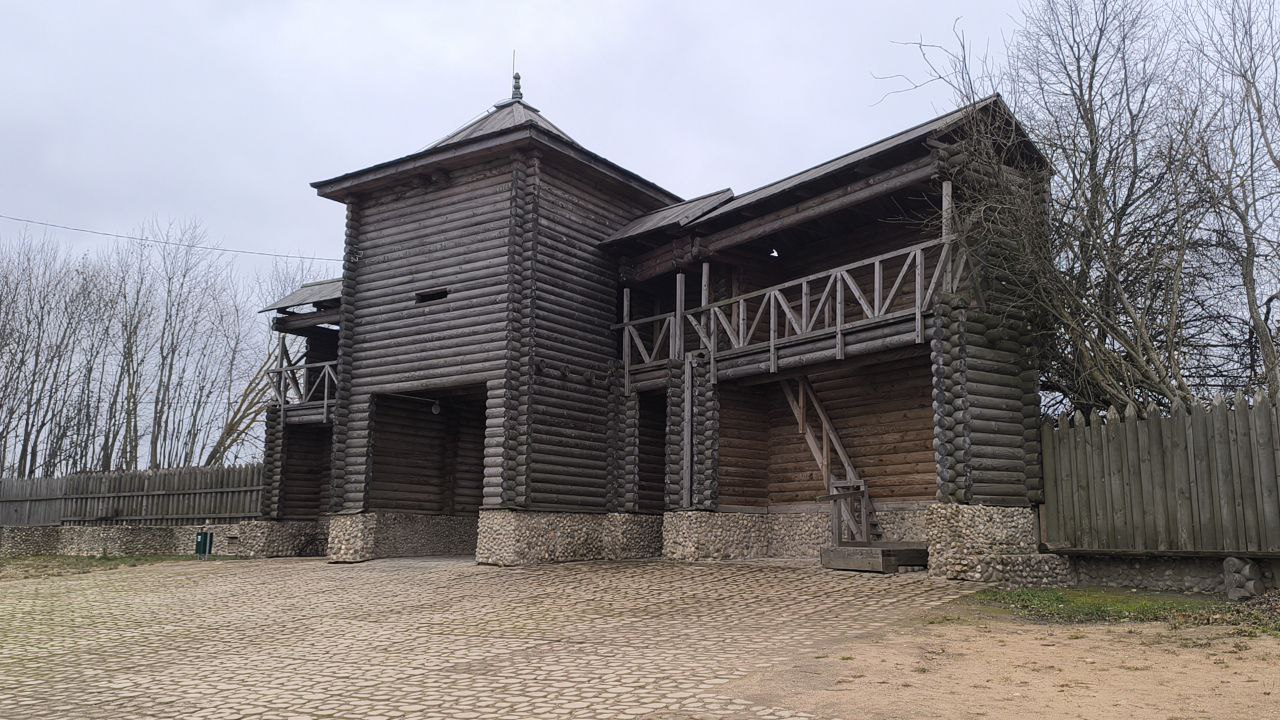


.jpg)
.jpg)
.jpg)
.jpg)
.jpg)
.jpg)
.jpg)

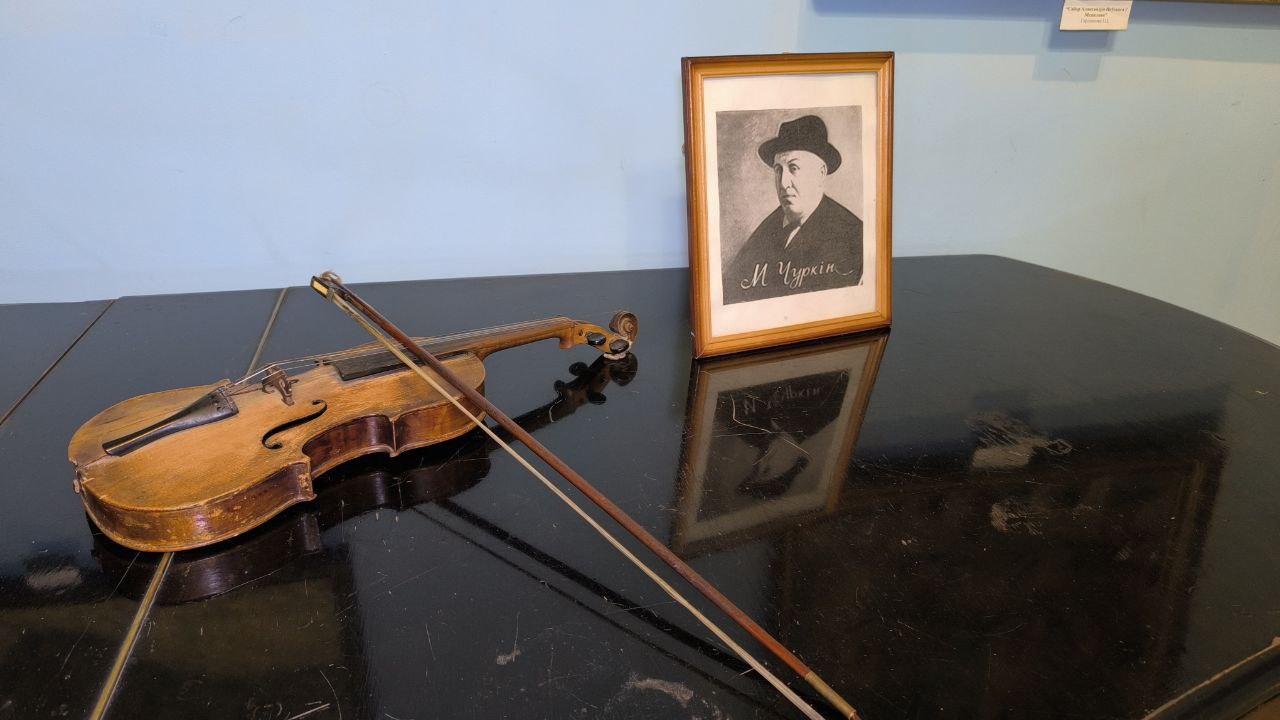
.jpg)
.jpg)
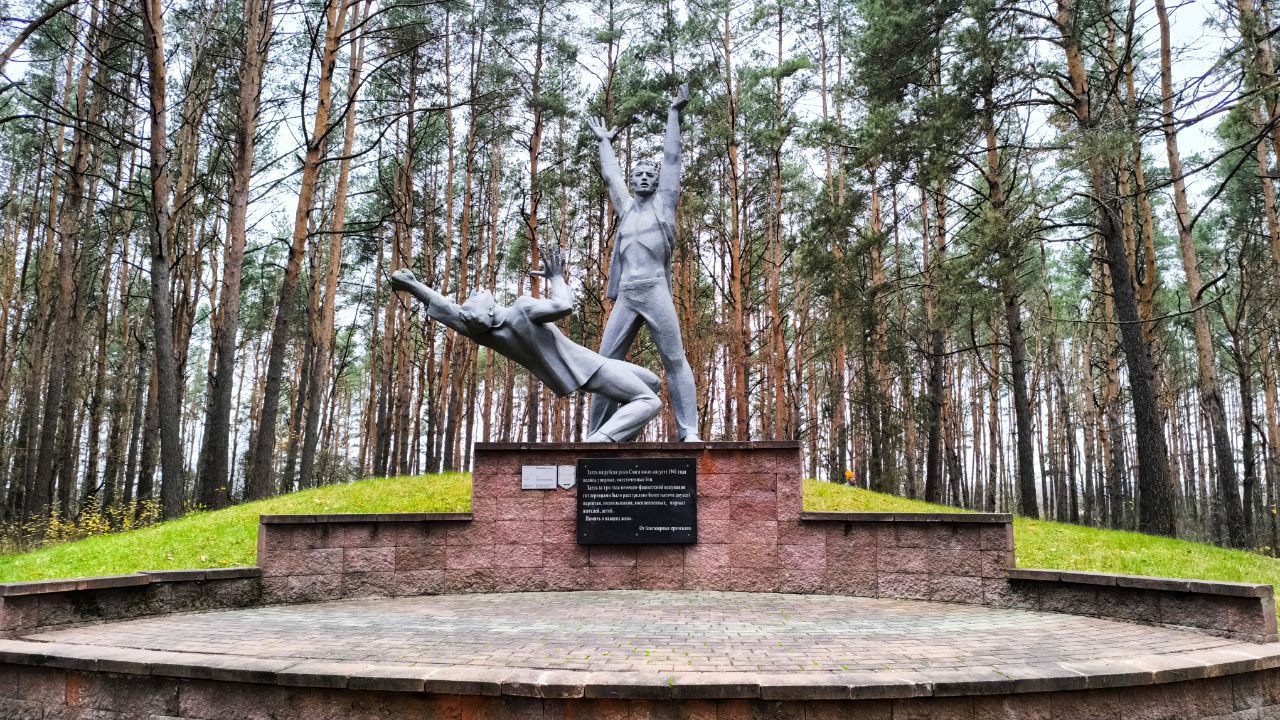
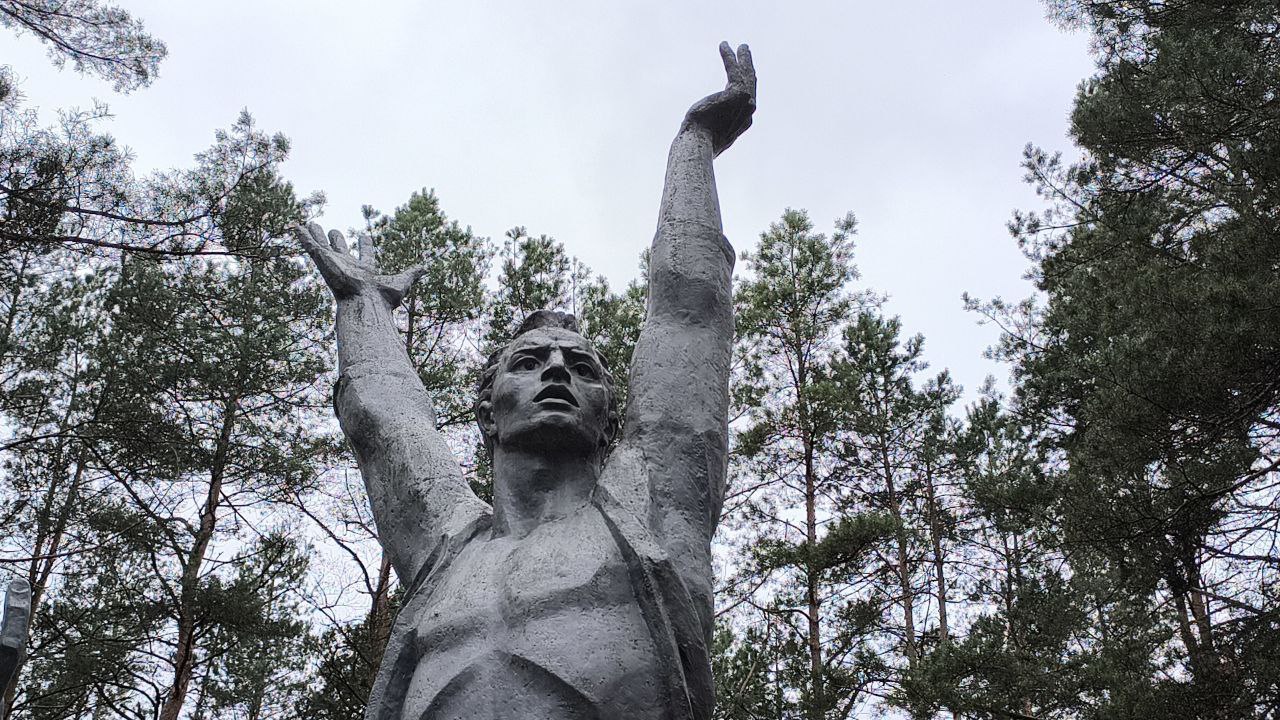
.jpg)






.jpg)
.jpg)
.jpg)
.jpg)






.jpg)
